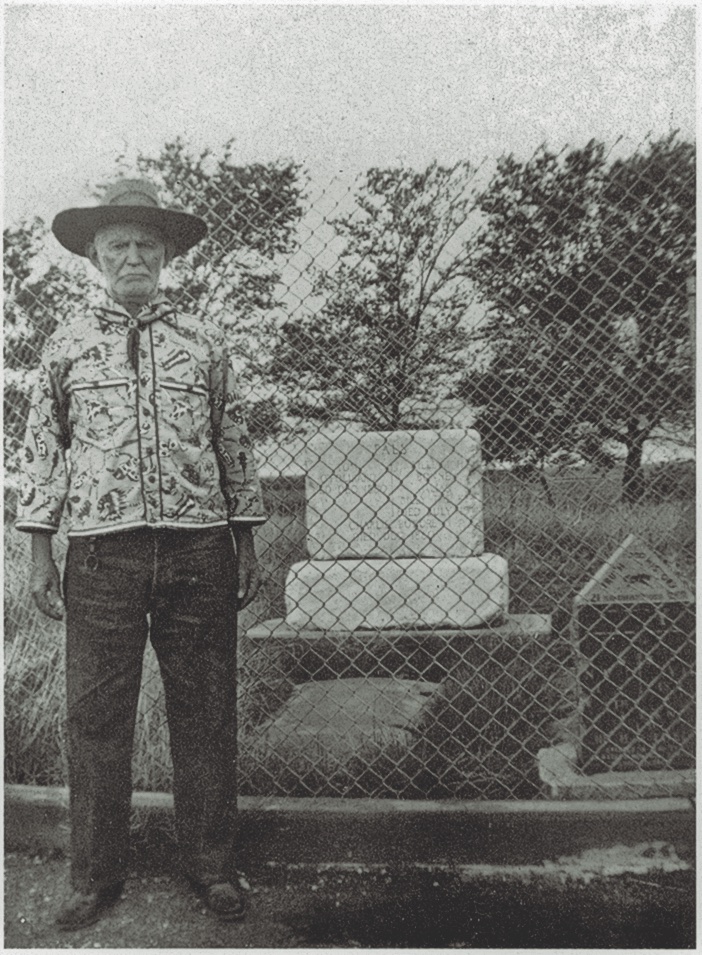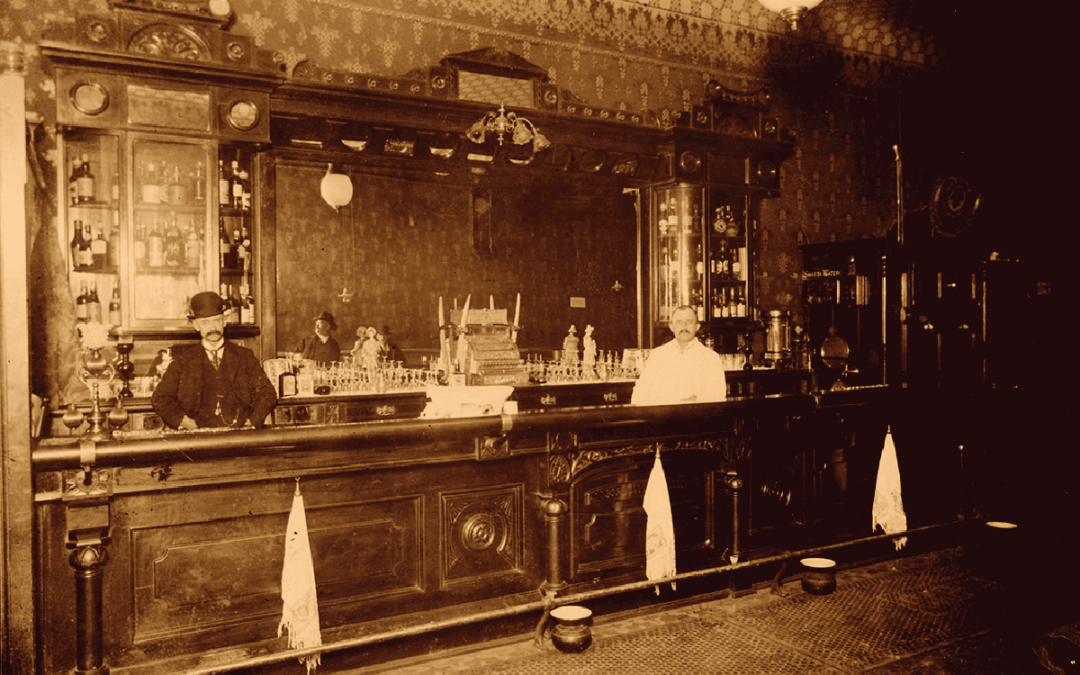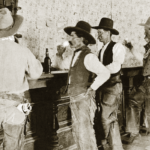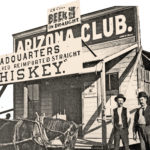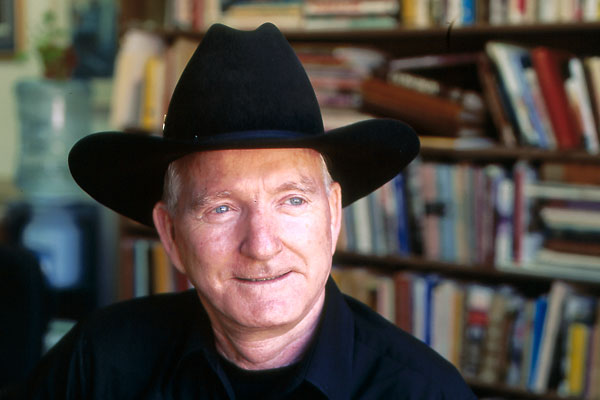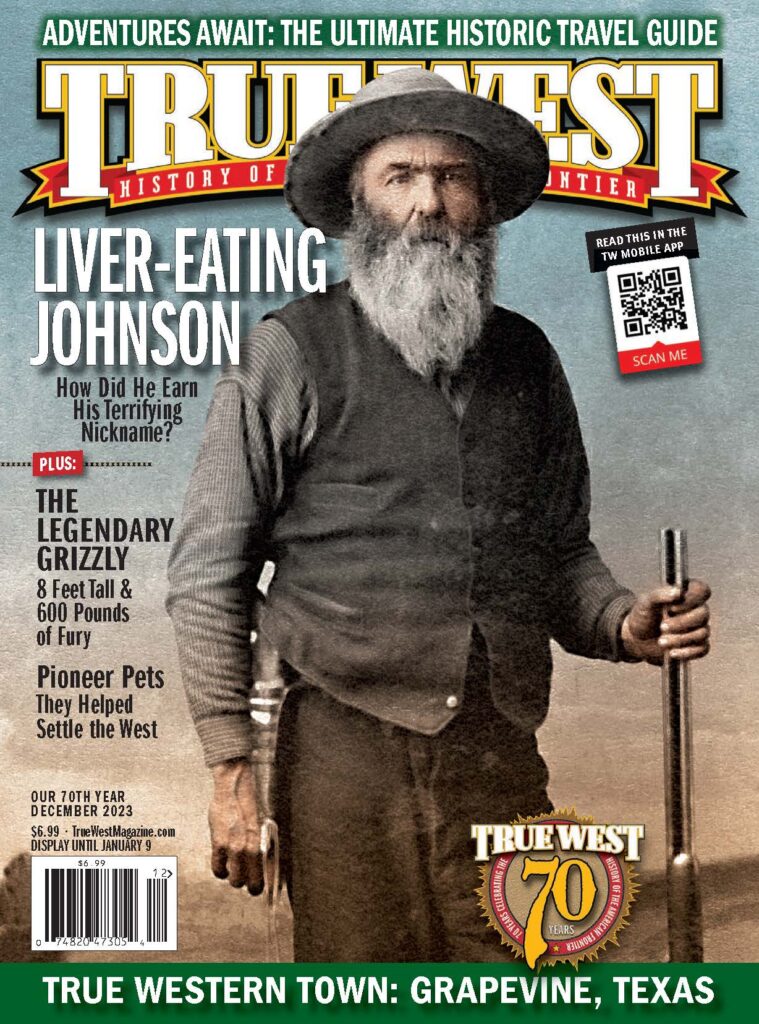Did the U.S. Army find out who was selling rifles to the Lakota and Cheyenne Indians prior to the Battle of Little Big Horn?
Joe Manriquez (Whittier, California)
I ran this by Lee Noyes, former editor of The Custer Battlefield Historical and Museum Association. He writes, “To my knowledge, the federal government never prosecuted anyone for providing repeating (or any other) firearms and ammunition to the Lakota or Cheyenne tribes. This question has apparently not been researched. Nor have the sources of these repeating firearms possessed by Native American warriors. What we do know is that many warriors possessed Henry and Model 1873 Winchester rifles at Little Big Horn, based on archaeological surveys at the national monument since the 1980s.
“The data cited in my response were from Douglas D. Scott, Richard A. Fox, Melissa A. Connor and Dick Harmon, Archaeological Perspectives on the Battle of the Little Bighorn (Norman & London: University of Oklahoma Press, 1989).
“Recommend reading includes, for example, Douglas D. Scott and Richard A. Fox, Jr., Archaeological Insights into The Custer Battle: An assessment of the 1984 Field Season (University of Oklahoma Press, 1987).”
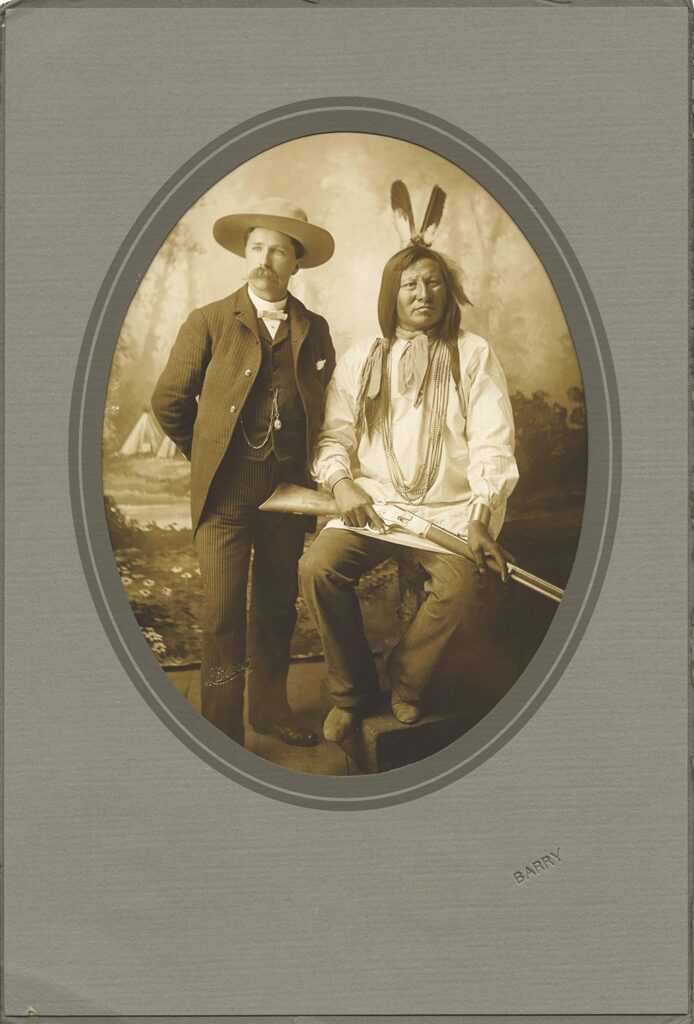
What do we know about Wyatt Earp’s first wife, Urilla Sutherland?
Lisa Walker (Birmingham, Alabama)
Wyatt never talked about her. He probably met her in late 1869, just after he turned 22. Her gravestone indicates she was born in 1849. She was the daughter of a Lamar hotelkeeper She died about nine months after the wedding, probably in childbirth and perhaps of typhus. She’s buried in Milford, Missouri.
If I walked into a bar on Whiskey Row in Prescott, Arizona Territory, in the late 1800s, what libations could I indulge in?
Greg Williams (Apache Junction, Arizona)
I ran this by Prescott’s Original Whiskey Row author Brad Courtney, and here is what he had to say: “At first blush, my thought is: Obviously whiskey, but it was the source of much law-and-order trouble. So, Prescott became a beer mecca, and was producing over one-third of the territory’s beer. There was even talk of Prescott becoming the ‘St. Louis’ of the West.
“In another direction, the Cabinet Saloon was creative at that time. In Prescott’s Original Whiskey Row I wrote: ‘The Cabinet offered “fancy drinks.” There was Gold Lion whiskey, Mountaineers, brandy smashes, wine on ice, Cabinet punches, milk punches, imported ginger ale and Apollinaris water—spring water from Bad Neuenahr, Germany.’ Kentucky Whiskey was also the rage at that time.”
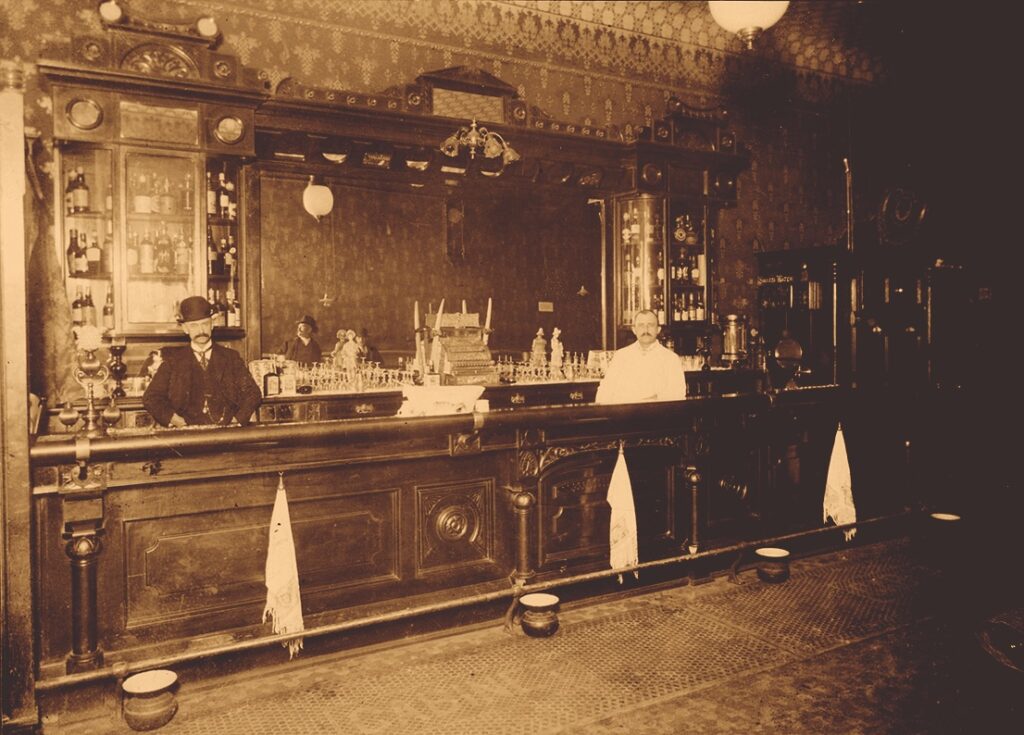
What are your thoughts on the claims that Brushy Bill Roberts was Billy the Kid? Was he?
Roseanne Stone (Biloxi, Mississippi)
In a word, no. The evidence is overwhelming that Billy was shot and killed by Pat Garrett at Fort Sumner, New Mexico. Brushy had gray eyes with yellow specks while the Kid had clear blue eyes; Brushy had a square-shaped jaw while the Kid’s was rounder; the ears were completely different. Lastly, Billy’s shoulders were much more sloped and narrower. Brushy was illiterate; the Kid was not. Lastly, Brushy’s niece, Mrs. Geneva Pittmon, said that Brushy’s birth date, recorded in the family Bible, was 1879. Billy was in his teens by that time.
